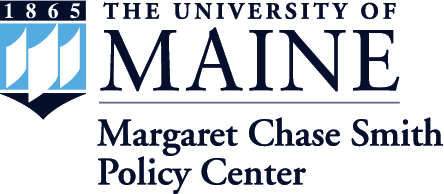Abstract
In 2022, American lobster (Homarus americanus) and softshell clam (Mya arenaria) harvests contributed $283 million to Downeast Maine’s economy, employing thousands of harvesters. Harvesting is grueling work. Pain from work-related injuries precedes most opioid deaths, and workers in fisheries are disproportionately at risk. Harvesters are typically self-employed and often uninsured or underinsured, complicating access to care. Prior studies have focused on injury risk or drug use among harvesters without revealing how injury, pain and substance use intertwine with cultural, social and regulatory factors. This study examined the socio-ecologically embedded injury/ pain/ substance use process with surveys of harvesters (n=106) and healthcare providers and advocates (n=31) followed by interviews of harvesters (n=13) and providers (n=8). We found that harvesters are extremely prone to injury from myriad causes. Shellfish harvesters were more injury-prone and socially vulnerable than lobster harvesters. Deferral of care, problems with healthcare access, age, lack of cultural competency among healthcare providers, and challenges with financial stability were linked to poor outcomes. Interviewees shared many anecdotes of addiction and overdose stemming from injury. Self-medication with substances other than opioids was also prevalent, indicating widespread pain-related challenges. Participants reported family disruption and incarceration related to substance use disorder, and common comorbidities included hepatitis-C, HIV and organ failure. Consultation with community partners yielded recommendations to support health and keep Maine's fisheries afloat, including community-embedded healthcare services, fisheries policy arrangements that reduce injury risk and incentivize health, financial education for managing boom and bust cycles, and expanded insurance programs.
First page
155
Last page
164
Rights and Access Note
This Item is protected by copyright and/or related rights. You are free to use this Item in any way that is permitted by the copyright and related rights legislation that applies to your use. In addition, no permission is required from the rights-holder(s) for non-commercial uses. For other uses you need to obtain permission from the rights-holder(s).
DOI
https://doi.org/10.53558/HMLG6818
Recommended Citation
Johnson, Tora, Katherine Weatherford Darling, Debra Kantor, Joseph Spiller, Oliver G. Jones, Lois-Ann Kuntz, Tara Casimir, Amy Dowley, Greyson Kurtz, Lauren Sachs, Linda Silka, and Bridie McGreavy. "Understanding Occupational Injury and Substance Use Issues among Workers in the Shellfish and Lobster Industries." Maine Policy Review 32.2 (2023) : 155 -164, https://digitalcommons.library.umaine.edu/mpr/vol32/iss2/27.
Creative Commons License

This work is licensed under a Creative Commons Attribution-NonCommercial-No Derivative Works 4.0 International License.
Decision tree
Included in
Civic and Community Engagement Commons, Community-Based Research Commons, Environmental Public Health Commons, Occupational Health and Industrial Hygiene Commons, Work, Economy and Organizations Commons
